Slugs and snails are mollusks that can be found in gardens and other outdoor spaces. They are known for their slimy, moist bodies and their ability to move slowly across surfaces.
Slugs are typically gray or brown in color and have a smooth, soft body. They do not have shells, but they can retract into a small, protective cavity in their body when threatened. Slugs are often found in damp or humid areas and are most active at night.
Snails have a similar appearance to slugs, but they have a hard, coiled shell on their back that they can retreat into when threatened. Snails are typically brown or gray in color and have a larger, more visible body than slugs.
To identify slugs and snails, you can look for the following signs:
-
Slime trails: Slugs and snails leave behind a slimy trail as they move, which can be visible on surfaces such as leaves, stems, and soil.
-
Damaged plants: Slugs and snails can chew holes in the leaves of plants, particularly seedlings and young plants. They may also eat the fruit or vegetables of certain plants.
-
Presence of slugs or snails: You can try to spot slugs and snails by looking for their bodies or slime trails in your garden. They are often found on the ground or on plants, particularly in damp or humid areas.
To manage slugs and snails in a vegetable garden, you can try the following methods:
-
Remove them by hand: You can manually remove slugs and snails from your garden by picking them up and disposing of them.
-
Use traps: There are several types of traps that can be used to capture slugs and snails, such as beer traps or traps made from boards or mesh.
-
Use physical barriers: You can use materials such as copper tape or mesh to create a physical barrier around plants that slugs and snails cannot cross.
-
Use chemical pesticides: There are several chemical pesticides that can be used to kill slugs and snails, but it is important to use these products according to the instructions on the label to avoid harming beneficial insects or other animals.
There are several chemical pesticides that can be used to manage slugs and snails. Some common active ingredients include:
-
Metaldehyde: This chemical is toxic to slugs and snails and is often used in slug and snail baits. It is important to use these products according to the instructions on the label to avoid harming other animals or humans.
-
Iron phosphate: This chemical is toxic to slugs and snails, but it is less toxic to other animals and humans. It is often used in slug and snail baits and can be an effective way to control these pests.
-
Copper: Copper can be toxic to slugs and snails, and it is often used in the form of copper tape or mesh to create a physical barrier around plants that slugs and snails cannot cross.
It is important to choose a chemical pesticide that is specifically formulated to target slugs and snails and to follow the instructions on the label carefully to avoid harming beneficial insects or other animals. It is also a good idea to use the least toxic option that is effective for your situation, and to try to use mechanical or cultural control methods whenever possible.
It is also a good idea to practice good garden hygiene to help prevent slug and snail infestations. This can include removing debris and weeds that provide hiding places for slugs and snails, and keeping your garden well-mulched to help keep the soil moist and cool.




Share and get 15% off!
Simply share this product on one of the following social networks and you will unlock 15% off!